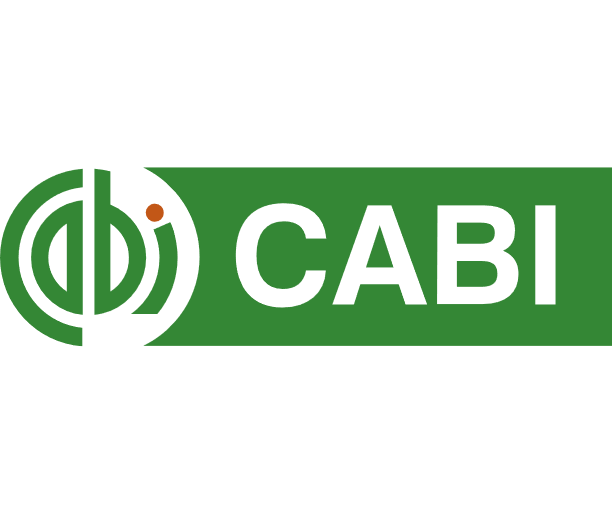Antioxidant and antimicrobial properties of honey, propolis and bee bread of stingless bee (Geniotrigona thoracica)
DOI:
https://doi.org/10.35495/Keywords:
Honey, Propolis, Bee bread, Stingless bee, Antioxidants, AntimicrobialAbstract
Stingless bee (Geniotrigona thoracica) honey is stored in cerumen pots and it has been made from wax combined with propolis. Stingless bee propolis is resin that is collected by foraging worker from plants while bee bread is the pollen that has been stored in wax combs by bee’s colony. The aim of this study is to determine antioxidant properties of honey, propolis, and bee bread of stingless bee and their antimicrobial activity against Staphylococcus spp., Bacillus spp., Listeria spp., Pseudomonas spp., Salmonella spp., and Escherichia coli. The physical properties of these samples were significantly different (p<0.05) on color and pH value. There were significant differences (p<0.05) on moisture, ash, protein, reducing sugar and vitamin C content among samples. Based on antioxidant properties, there were also significant difference (p<0.05) between the three different samples. Propolis showed the highest amount of antioxidant content compared to honey and bee bread. Propolis and honey shared the highest total phenolic content (TPC) level which was 5.86±0.01 mg GAE/100g for propolis and 5.47±0.26 mg GAE/100g for honey. On the other hand, DPPH radical scavenging analysis indicated that propolis had the highest value which was 88.8±0.43%, followed by bee bread (59.38±0.64) and honey (57.60±1.20). FRAP assay also showed the highest value in propolis (38.88±0.81 μmol/g). Honey, propolis and bee bread showed different effect of antimicrobial activity (p<0.05) against five bacteria including Staphylococcus spp., Bacillus spp., Listeria spp., Salmonella spp., and Escherichia coli except Pseudomonas spp. (p>0.05). This indicated that different product of stingless bee showed different beneficial properties.












